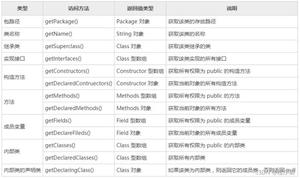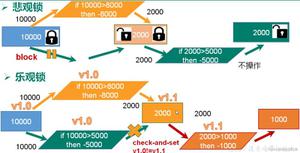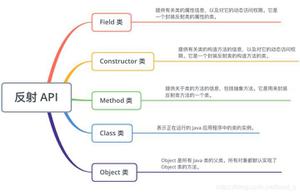Java注解与反射原理说明
一 点睛
注解若想发挥更大作用,还需借助反射机制之力。通过反射,可以取得一个方法上声明的注解的全部内容。
一般有两种需求:
1 取得方法中全部的注解,通过调用getAnnotations来实现。
2 判断操作是否是指定注解,通过调用getAnnotation来实现。
下面从源码角度来说明怎样获取这些注解信息。
二 源码导读——取得方法中全部的注解
public class AccessibleObject implements AnnotatedElement {
...
//取得全部Annotation
public Annotation[] getAnnotations() {
return getDeclaredAnnotations();
}
...
}
public final class Method extends Executable {
...
public Annotation[] getDeclaredAnnotations() {
//针对Method类,需要调用父类的getDeclaredAnnotations方法
return super.getDeclaredAnnotations();
}
...
}
//Method的父类Executable的getDeclaredAnnotations实现全部注解信息的获取
public abstract class Executable extends AccessibleObject
implements Member, GenericDeclaration {
...
public Annotation[] getDeclaredAnnotations() {
return AnnotationParser.toArray(declaredAnnotations());
}
...
}
三 源码导读——判断操作是否是指定注解
public final class Method extends Executable {
...
////取得指定Annotation
public <T extends Annotation> T getAnnotation(Class<T> annotationClass) {
return super.getAnnotation(annotationClass);
}
...
}
public abstract class Executable extends AccessibleObject
implements Member, GenericDeclaration {
...
public <T extends Annotation> T getAnnotation(Class<T> annotationClass) {
Objects.requireNonNull(annotationClass);
//获得指定注解类的信息
return annotationClass.cast(declaredAnnotations().get(annotationClass));
}
...
}
总结
以上是 Java注解与反射原理说明 的全部内容, 来源链接: utcz.com/z/353868.html









